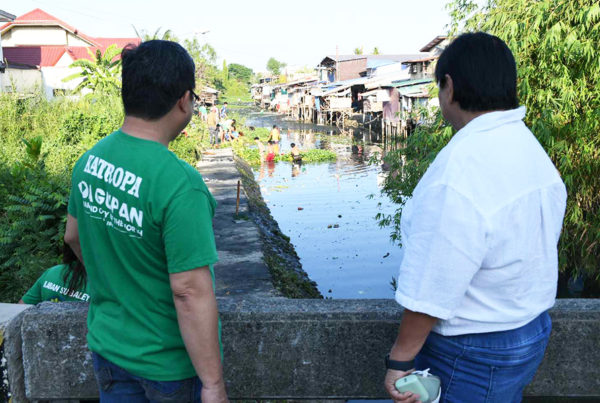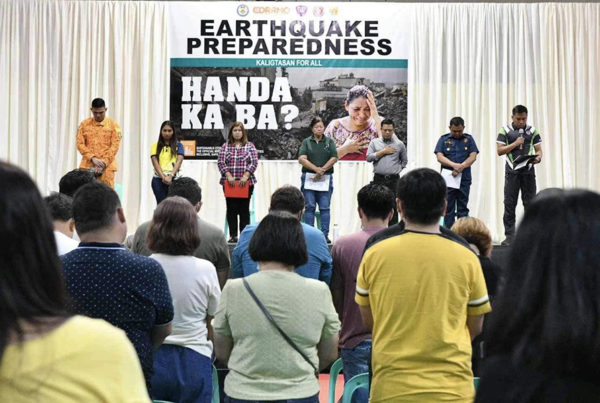PHL posts slim decline but Pangasinan takes sharp drop in poverty rate
WHILE the country as a whole posted a slim 1.1 percent decline in poverty incidence rate from 23.4 percent in 2006 to 22.3 percent in 2012, Pangasinan registered a sharp drop of 9.5 percent from 26.5 to 17 percent for the same comparative years.
The report was recently released by the National Statistical Coordination Board (NSCB) based on the state of poverty in the country where data was taken from the Family Income and Expenditure Survey (EIES) conducted by the National Statistics Office (NSO) last July 2012.
Benita Pizarro, Provincial Planning and Development Coordinator, said Pangasinan registered the highest poverty incidence among provinces in Region 1 in 2006 and even higher than the national rate.
“Though we ranked 2nd to Ilocos Norte with the least poverty incidence rate in Region I, Pangasinan had the more significant decline of poverty incidence than Ilocos Norte by 4.2 percent,” she noted.
Likewise, Pangasinan registered the most significant decrease of poverty incidence rate from among the four provinces in Region I.
The PPDO chief said the remarkable reduction can be credited to the continuous implementation of various results-oriented and poverty reduction-focused programs, projects and activities which have great impact on the lives of Pangasinenses, particularly the less privileged sector.
Various programs were launched by the present administration under the stewardship of Gov. Amado T. Espino, Jr. since he assumed post in July 2007 to address the growing percentage of poverty incidence in the province, specifically health reform, agricultural productivity, livelihood assistance and increased employment opportunity.
According to the report, a Filipino family of five needed P5,458 to meet basic food needs every month and P7,821 to stay above the poverty threshold (basic food and non-food needs) per month.
Food threshold represents minimum income required by an individual to meet his/her basic food needs and satisfy the nutritional requirements set by the Food and Nutrition Research Institute (FNRI) while poverty threshold incorporates basic non-food needs like clothing, housing, transportation, health, education and other expenses among others. (PIO/Ruby R. Bernardino)
Share your Comments or Reactions
Powered by Facebook Comments











